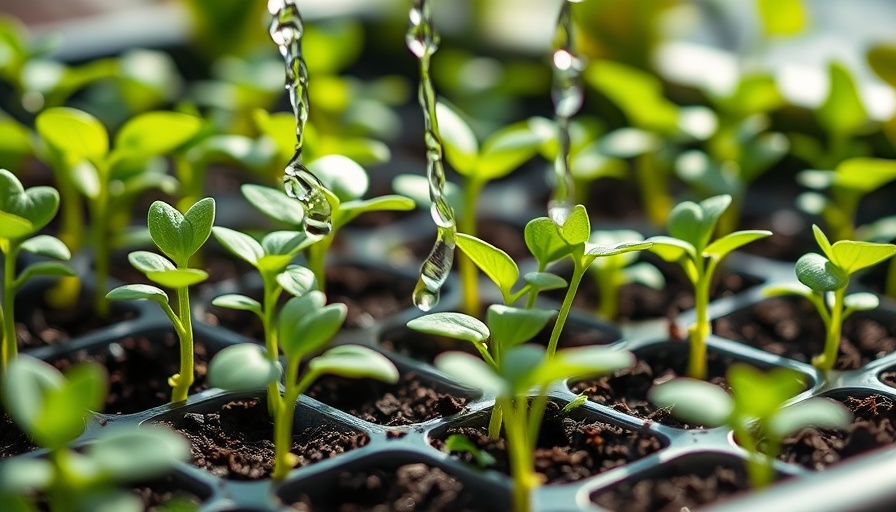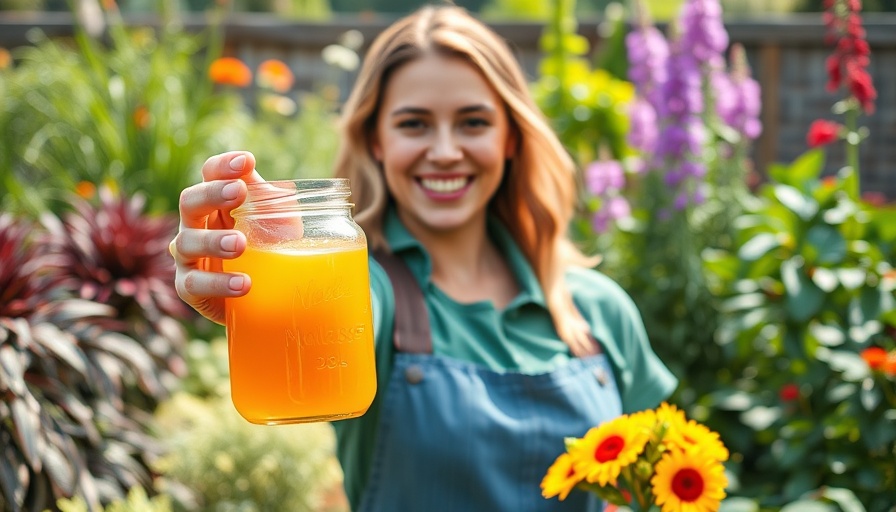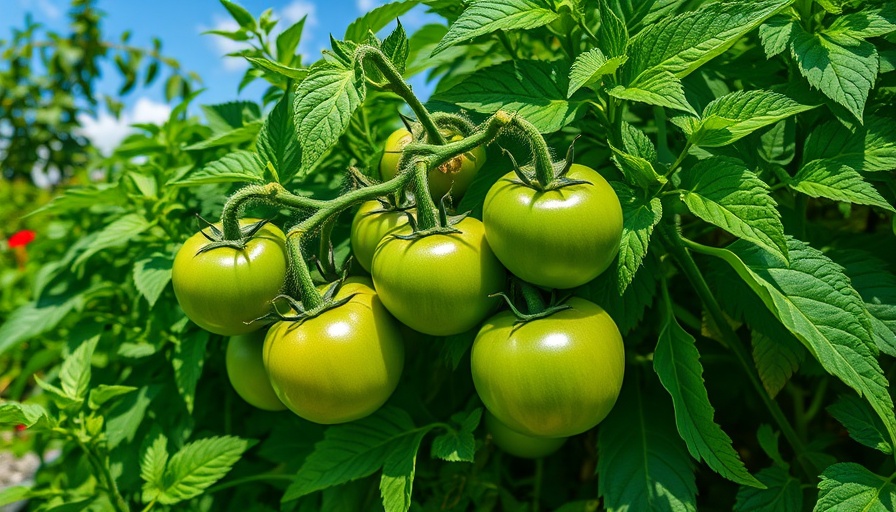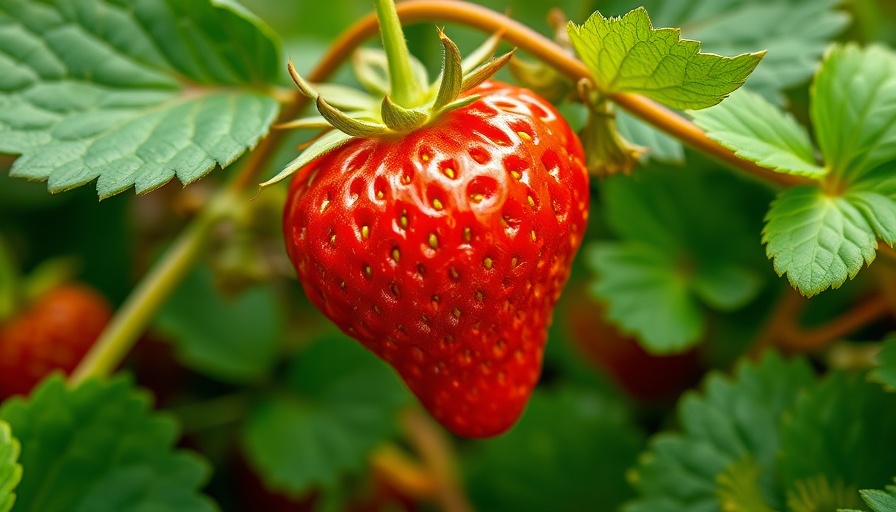
The Crucial Role of Water in Seed Starting
Water is the lifeblood for plants, especially during their early stages of growth. Without it, seedlings can falter or even perish. Understanding how to manage water effectively when starting seeds is not merely a gardening tip but a necessity for every homeowner wishing to cultivate a vibrant garden. Yet, there are common pitfalls—especially overwatering, which is a frequent problem among novice gardeners.
In Seed Starting 101: Importance of Water, the discussion dives into how water affects seedling health, exploring key insights that sparked deeper analysis on our end.
As the video Seed Starting 101: Importance of Water highlights, the balance of moisture is critical. Too much water can suffocate seedlings and lead to root rot, while too little can stunt their growth or kill them. Thus, incorporating trays with proper drainage holes for planting can significantly enhance your seed starting efforts, allowing excess water to escape and maintaining the right balance.
Establishing a Watering Schedule
How often should you water your seedlings? It can depend largely on your home's conditions, such as humidity and temperature. For many, watering once or twice a day is sufficient. Monitoring the moisture level in the soil is essential. Recommendations suggest using your finger to gauge how dry the top inch of soil is; if it feels dry, it's time to water.
Additionally, remember that different types of seeds may have different water needs. However, a general rule of thumb is to keep seedlings uniformly moist. That said, as the plants grow and develop true leaves, their water requirements may increase.
The Benefits of Self-Watering Systems
If you’re looking for convenience while ensuring your plants remain healthy, a self-watering system could be the perfect solution. These systems can provide several days' worth of hydration without any effort on your part—some can keep your seedlings properly watered for up to ten days!
A self-watering setup simplifies the process and takes the guesswork out of watering. Homeowners can rest easy knowing that their seedlings are receiving a consistent moisture level, promoting healthier and more resilient growth.
Addressing Common Seedling Issues
Both overwatering and poor drainage are more than mere inconveniences; they can set your gardening efforts back significantly. Poor drainage can lead to water pooling at the bottom of the trays, which suffocates roots. Proper soil selection is crucial—opt for a lightweight, well-draining seed starting mix, typically made from ingredients like peat moss or coconut coir.
Another common issue is damping-off, a fungal disease that can cause seedlings to wilt and die. Ensuring good air circulation around your plants and watering them correctly can help minimize the risk of this issue.
Inspirational Gardening Stories
Many seasoned gardeners have shared their tales of trials and successes when it comes to nurturing their seedlings. One community member, Amy from Colorado, recounts how her experience with self-watering pots transformed her approach to gardening. “Before, I was always worried about my seedlings drying out whenever I went away for a weekend. Now, thanks to my self-watering system, I can enjoy my time away without worry,” she explains.
This illustrates that while gardening can be a challenge due to its inherent unpredictability, employing the right techniques can foster both growth and confidence in garden caretakers.
Practical Tips for New Gardeners
For those just starting their seed starting journey, here are some actionable insights:
- Start small: Experiment with just a few seed varieties to understand their specific watering needs.
- Invest in quality seeds: High-quality seeds often have higher germination rates and yield better results.
- Monitor growth closely: Regularly inspect your seedlings for signs of distress or inadequacies in their environment.
- Document your progress: Keeping a garden journal can help you evaluate what works and what doesn’t in real-time.
Final Thoughts on the Importance of Watering
In summary, managing water effectively is critical in seed starting. By keeping seedlings moist without overwatering, utilizing self-watering systems, and employing good drainage techniques, homeowners can foster lush, healthy gardens. As gardeners, our role is to adapt and learn every step of the way, rooted in the foundational importance of water.
Remember that gardening is a journey. Every plant you cultivate teaches you something new about patience, observation, and celebration in growth. So whether you're a novice or a pro, remember the essential key: keeping that balance in moisture can lead to bountiful harvests and flourishing plants.
 Add Row
Add Row  Add
Add 




Write A Comment